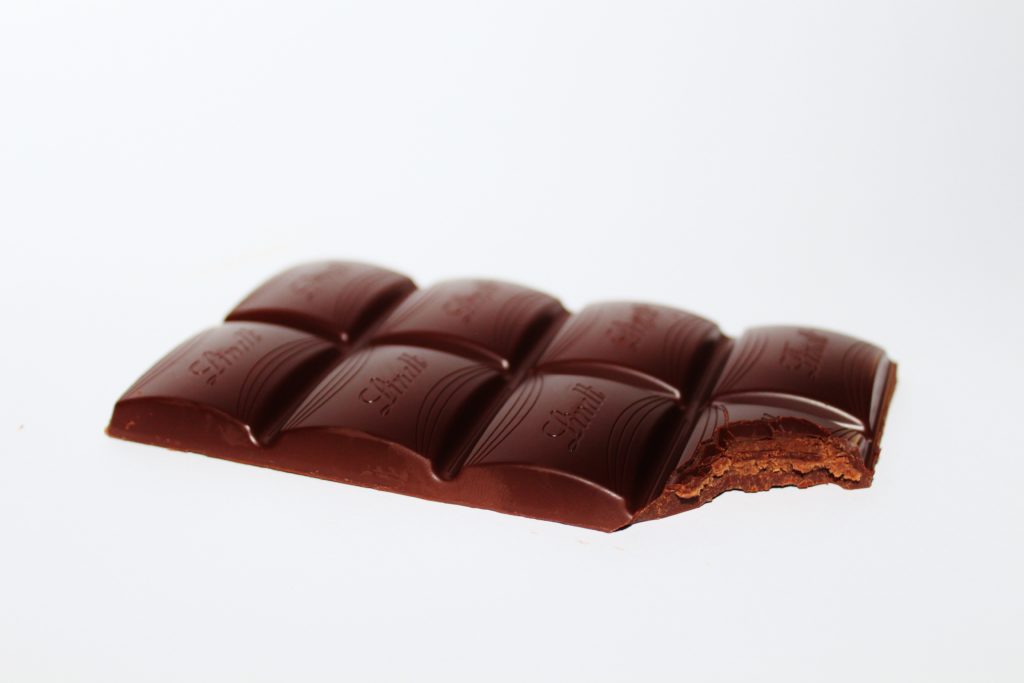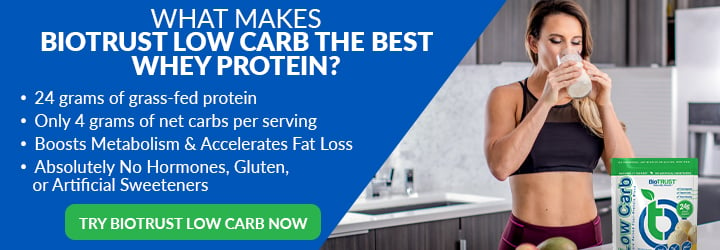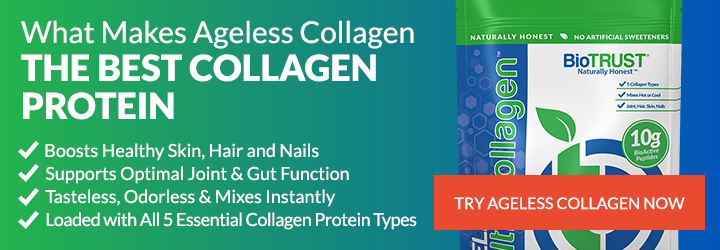9 “Healthy Foods” That Are Worse for You Than a Candy Bar

We all know junk food is, well, junk. Hence the name. These so-called “foods”—especially when they’re eaten frequently—can lead to weight gain and increased risk for all sorts of unwanted health issues. Fortunately, there are a lot of better alternatives, even in convenience stores, right? In fact, you’ll see labels proudly claim “low fat,” “sugar free,” or even “heart healthy.”
It’s never really that easy, is it? Actually, I’d go so far to say that unless it’s a piece of fruit or a vegetable, no matter what the label says, if you found it in a convenience store, it likely isn’t even really food.
That seems pretty obvious, but we’re still left with junk food masquerading around as so-called “healthy” foods. Here’s a list of the top “healthy foods” that are really junk foods—even if they’re in a fancy disguise—and what to choose instead:
- Fruit Juice. Ah, a nice, big, refreshing glass of orange juice. Filled with vitamin C and plenty of nutrition, right? Sadly, once juice has been removed from its source (i.e., the whole fruit), it removes one of the fruit’s most important qualities—the fiber. Worse, a lot juice you’ll see isn’t even made with real fruit to begin with. It’s true: many are just sugar, water, and some added chemicals to make them taste fruity. (I’ll pass!)
If you’re looking for a fruity taste, go with whole fruit. There is a wide variety of colors and flavors to choose from: strawberries, oranges, bananas, kiwi, blueberries, grapes, etc. And if you need a big, refreshing drink, how about water?! Or, if you want a bit more flavor, slice up some lemons, limes, oranges, or watermelon (for a few examples) and put them in a pitcher of water. Chill in the fridge, and then enjoy a refreshing, truly fruit-infused drink.
- Sports Drinks. These delicious Kool-Aid® type drinks were designed for athletes, so they must be good for you, right? They provide electrolytes, which are necessary for rehydrating after a workout or hard day’s work. Plus, they provide sugar to replenish your hard-working muscles with energy.
Sadly, unless you really are a hard-training athlete or someone who works out for hours on end, you don’t need the excess sugar found in these drinks. And you certainly don’t need one while stilling on the sidelines watching the game.
Of course, hydration is absolutely important—especially when you’re working out in the heat. But guess what? Plain old, free water will do the trick for the vast majority of us. And you won’t be weighed down (pun intended) with a bunch of extra empty calories.
- Salad Dressing. When you want to eat healthier, there’s nothing better than a big, beautiful salad! Filled with antioxidants, phytonutrients, and all the goodness colorful vegetables provide. Perfect. I’ll have that.
But then you slather on the salad dressing. Unfortunately, if you reached for a store-bought version, you likely are drowning your perfect salad with not only a bunch of low-quality vegetable oils but a long list of preservatives, additives, sodium, and of course, SUGAR.
If a naked salad just doesn’t do it for you, it’s really simple to make your own dressing. And once you discover how easy it is and how much better homemade dressing tastes than just about anything off the shelf, you’ll be hooked. One of my favorites is to mix oil (such as olive, hemp, walnut, or hazelnut) with equal parts vinegar (Balsamic, red wine, or red currant, for example). Add a handful of berries and a dash of red pepper flakes (or your favorite seasoning), blend, and toss with your favorite vegetables. Seriously simple and seriously delicious to make your beautiful salad even better.
- Breakfast Cereals. “Part of a healthy, nutritious way to start the day” is the message we’ve heard for years about breakfast cereals. Quick, convenient, and often, junk is more like it. Most breakfast cereals are promoted as whole grain (some bolding proclaiming that they’re “heart healthy”), low fat, and fortified with X, Y, and Z vitamins and minerals. Unfortunately, breakfast cereals tend to be made up of loads of refined grains, added sugars, and artificial preservatives. And yes, this is true of granola as well.
If cereal is your go-to breakfast, try old-fashioned (not quick cook) or steel-cut oatmeal instead. You’ll enjoy 4 grams of fiber with just 1 gram of (naturally-occurring) sugar and 6 grams of protein compared to the most popular cereal, which provides just 2 grams of fiber, 9 grams of sugar (most of it ADDED), and only 2 grams of protein.
- Trail Mix. I have to admit, I hate putting this one on the list. My love affair with trail mix started at the same time as my love affair with hiking. I have very fond memories of trekking up a mountain while munching on a handful of nuts, dried fruit, and M&Ms®. Sadly, most trail mixes are only pretending to be health foods as they’re loaded with excess salt, sugar, and calories as well as preservatives. (It turns out M&M’s are not part of a healthy food.)
Fortunately, you can still enjoy yummy treats as you hike up the hillside. Just make your own trail mix with a handful of raw nuts mixed with a handful of dried, no sugar added fruit, or better yet, fresh fruit, which has fewer calories and is more filling.
- Granola Bars. Like trail mix, granola bars started out as a good idea turned bad. Once again, you’ll find most granola bars that you find in supermarkets and convenience stores are loaded with added sugar (including high-fructose corn syrup) and shockingly low in nutrition.
Again, you’re better off eating a whole-food version of the theme such as a bowl of oatmeal with an apple. Or, if you want a real treat, give these homemade nut-free, gluten-free granola bars a try.
- Yogurt. Oh, come on… what could possibly be wrong with yogurt?! Absolutely nothing. As long as you choose plain Greek yogurt, of course. And if “plain” sounds too bland, add some flavor with your favorite fruit and maybe a drop or two of stevia. Sadly, if you grab the fruit-on-the-bottom or fruit-mixed-in styles of yogurt, you will be getting a sugar bomb (15 grams or more in just a 6-ounce serving).
- Smoothies. If you’ve been reading this blog for any time at all, you may be a bit confused. Don’t we often recommend high-protein smoothies and shakes? You better believe we do! Yet, as with many of the foods on this list, it can really depend on how you make the smoothie. In other words, what’s in it? If you stop at most smoothie shops, you’ll get a creamy, sweet, milkshake-like drink—one that’s loaded with spoonfuls of sugar and up to 1,000 calories to boot!
Try one of these tasty smoothie recipes instead, all of which have under 300 calories and are packed with protein and loaded with nutrition (instead of sugar).
- Processed Foods. Let me be honest: it doesn’t matter if you’re following a vegan, low-carb, or low-fat diet, and it doesn’t matter if you only eat organic, gluten-free, or no-sugar-added foods. If you’re relying on processed, packaged foods for the majority of your meals, you are fooling yourself that you’re actually eating a healthy diet.
While terms like organic, natural, gluten-free, and sugar-free are appealing to us because they can mean healthier, the unfortunate reality is that these are marketing claims. You see, organic sugar and conventional sugar are both still sugar. And ultra-refined grains are still ultra-refined grains, even if they are gluten-free. Yet, brands are trying to give you what you want while selling their products at the same time.
It’s simple. If you are looking to eat a healthier diet, eat REAL, whole foods, not those found wrapped up in a nice, convenient box or bag—even if they promise to be healthy.







